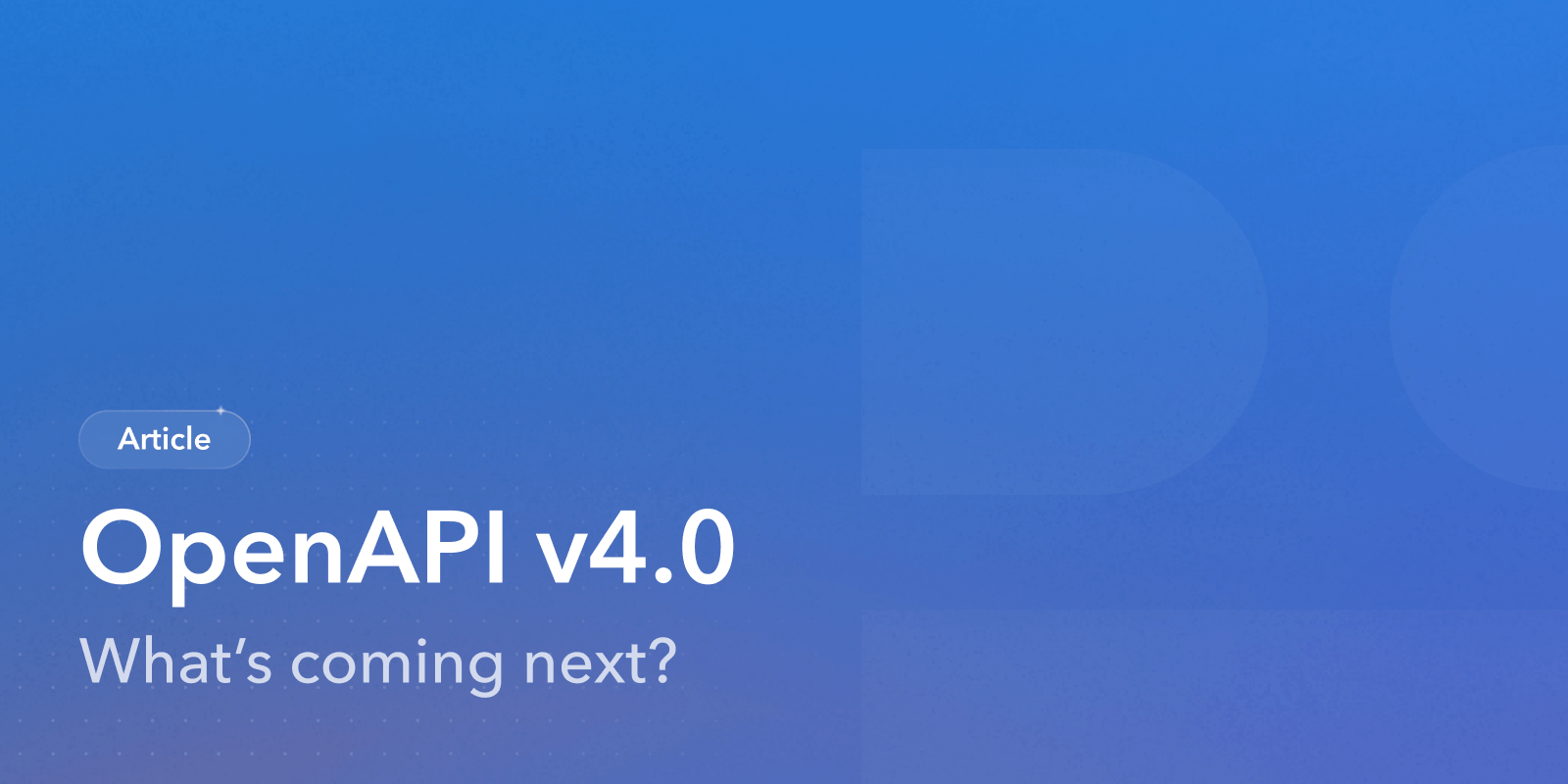Search code, repositories, users, issues, pull requests...
“How hard could charging money be?” is a quote paraphrased by teams across the globe, perhaps with the occasional expletive.
Getting customers to pay is hard enough as is; it would be nice if charging customers was a cakewalk. Sadly it’s not. It’s frankly downright confusing. Between metering, billing, invoicing, and payments, there are various overlapping components that confuse developers and product managers alike.
Part of the trouble is inconsistent terminology, where marketing-speak is conflated with actual object names in code. Another issue is that none of these major components of pricing are trivial problems.
Today, we’re going to attempt something that’ll spark some disagreement—establish hard definitions of each term, particularly in context of one another. We’re basing these definitions on how third-party software has organized the various sub-problems of charging customers money.
While metering, billing, invoicing, and payments are four of the most common charging sub-problems, they don’t apply to all products. For instance, take a product like Font Awesome—it sells a flat annual subscription, with no concept of metering. Or consider a marketplace like Flip—there is no strong concept of invoicing.










/cdn.vox-cdn.com/uploads/chorus_asset/file/23382326/VRG_Illo_STK022_K_Radtke_Musk_Tesla.jpg)
/cdn.vox-cdn.com/uploads/chorus_asset/file/23999788/acastro_STK073_02.jpg)





